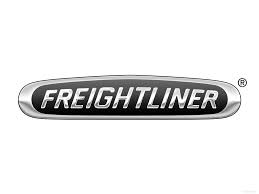Sprinter 2500 V6-3.0L DSL Turbo (2008)

-
External quantity control (ESP)
-
Engine in deceleration mode
-
Engine is switched off
Post Injection:
Post injection takes place following main injection. The purpose of post injection is to reduce particulates and regenerate the DPF. Up to two post
injections are possible after the main injection. With post injection Z, a small amount of fuel is injected while combustion is still in progress. The soot
particles are burned off and soot emissions are reduced. The post injection Z also contributes to the generation of torque.
The post injection 1 is the last injection phase and takes place 40º ATDC or later. The post injection 1 brings hydrocarbons to the oxidation catalyst for
an exothermic reaction (a chemical reaction that produces heat). The ECM detects the load status of the DPF via the differential pressure sensor and
activates post injection 1 if needed. The burning of post injected fuel in the oxidation catalyst further increases the temperature of the exhaust gas and
triggers the regeneration process of the DPF. Post injection 1 does not contribute to the generation of torque.
The ECM calculates the post injection quantity based upon the following inputs:
-
Fuel rail pressure
-
Boost pressure
-
Coolant temperature
-
Charge air temperature
-
Inlet air pressure
-
Differential pressure (DPF)
The ECM uses the coolant temperature, charge air temperature and barometric pres-sure inputs to correct the post-injection quantity.
-
The ECM shuts off post-injection if one of the following conditions is present:
-
Pilot injection time is exceeded
-
Detected engine speed is too high
-
Quantity of post-injection is too low
-
Quantity of main injection is too low
-
Fuel rail pressure is too low
-
Engine is switched off
